The News
MinIO has introduced Iceberg Tables within its flagship AIStor platform, integrating the Apache Iceberg Catalog API directly into its on-premises object storage system. The new capability enables enterprises to unify structured and unstructured data (including tables, images, transactions, and multimedia) into a single, open, AI-ready data fabric. This move positions MinIO AIStor as a foundational AI Data Store for secure, sovereign, and scalable enterprise AI deployments. Read the full press release here.
Analysis
The addition of Iceberg Tables reflects a broader inflection point in enterprise AI: the merging of data architecture and AI infrastructure into a unified foundation. For years, object stores and data lakes have handled unstructured content while structured data resided in warehouses or external catalogs. MinIO’s integration of Apache Iceberg, which has been long regarded as the standard for open table formats, breaks that divide by allowing AI models, analytics engines, and agentic AI systems to act on all enterprise data within a single namespace.
This is a strategic realignment. According to the Day 0 report from theCUBE Research and ECI, 70.4% of organizations plan to increase AI/ML investment in the next 12 months, and 65.9% cite cloud infrastructure modernization as a top spending priority. Yet, as AI workloads scale, data fragmentation and cloud cost overruns remain key inhibitors to adoption. A native Iceberg implementation at the storage layer aims to address those challenges by offering governance, speed, and sovereignty without reliance on hyperscaler-managed services.
Data Sovereignty Meets Agentic AI
AI workloads increasingly depend on autonomous and context-aware agents that learn from enterprise data across structured systems (like transactions) and unstructured repositories (like logs, images, or code). However, as Equinix and Mirantis have observed in recent announcements, the shift to agentic AI intensifies the need for data locality and trust. MinIO’s approach of embedding Iceberg directly into an on-premises AI Data Store may ensure data sovereignty, which is a key concern as 42.4% of enterprises plan significant security budget increases (ECI DevSecOps data).
By providing a catalog-aware object store, AIStor could enable compliance without limiting performance, allowing enterprises to run AI pipelines in-region or on private infrastructure. This aligns with the rise of sovereign AI architectures, where enterprises reclaim control over data movement, model training, and inference at scale.
Open Standards as Strategic Leverage
MinIO’s bet on Iceberg underscores a growing industry consensus where open standards are the connective tissue of modern AI ecosystems. TheCUBE Research data shows 54% of organizations already use open source extensively, and 86% plan to expand open source adoption within the next year. This shift gives enterprises leverage to avoid vendor lock-in and to design architectures that can flex between on-prem and cloud environments.
MinIO’s native Iceberg implementation represents a natural evolution in that open ecosystem. It integrates seamlessly with query engines such as Spark, Trino, Dremio, and Starburst, which are increasingly part of hybrid data stacks. As AI workloads become composable, this interoperability becomes essential, particularly when 61.3% of enterprises plan to expand observability and monitoring investments (Day 2 report), aiming to achieve consistent visibility across data and AI pipelines.
Looking Ahead
The introduction of Iceberg Tables marks MinIO’s transition from object storage vendor to AI infrastructure enabler. As enterprises navigate a world of agentic systems and multi-modal data, the need for unified, governed, and performant data layers will define success. AIStor’s approach (open, embedded, and sovereign) positions MinIO to compete not just in storage, but at the heart of enterprise AI strategy.
Going forward, we expect to see more vendors follow MinIO’s lead by embedding open table formats natively within storage and compute systems. This represents a simplification of the AI data stack and a step toward true “data fluency,” where AI can act confidently across every dimension of enterprise knowledge.
Gemini Enterprise Aims to Unify Models, Agents, and Governance
IBM Granite 4.0 Ushers in a New Era of Efficient, Trustworthy Enterprise AI
Starburst Launches AI-Ready Lakehouse to Power the Agentic Enterprise
MinIO Bridges Structured and Unstructured Data with Native Iceberg
Secure Environments for Developers and Their Agents
From Prototype to Production: Solving the Enterprise AI Deployment Problem
Every week brings a new foundation model, a breakthrough service, or a promising AI capability….







